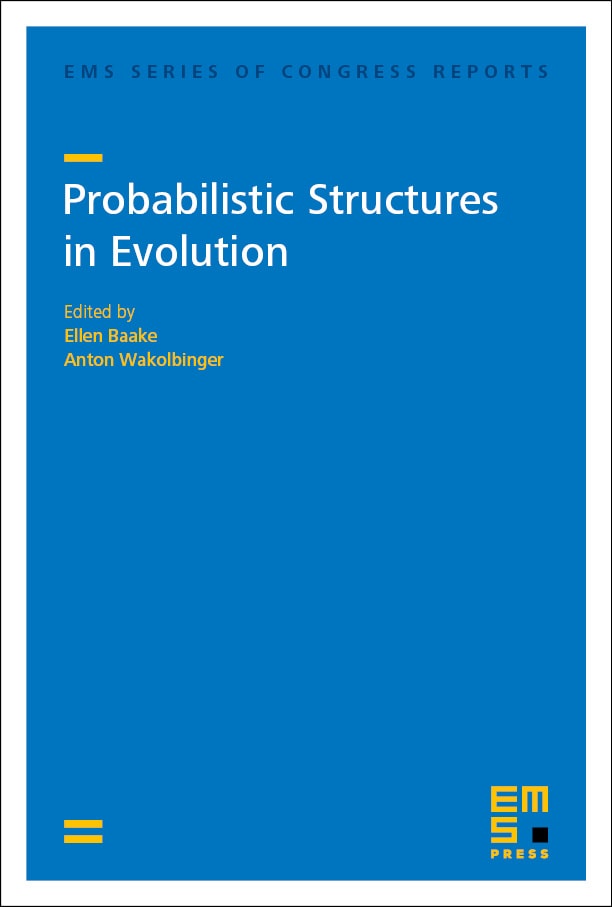From high to low volatility: Spatial Cannings with block resampling and spatial Fleming–Viot with seed-bank
Frank den Hollander
Universiteit Leiden, NetherlandsAndreas Greven
Friedrich-Alexander-Universität Erlangen-Nürnberg, Germany

A subscription is required to access this book chapter.
Abstract
In neutrally evolving populations subject to resampling and migration on geographic spaces, the longtime behaviour exhibits a dichotomy between clustering of types versus coexistence of types (that is between convergence to monotype equilibria versus multitype equilibria). In the classical setting, which of the two scenarios prevails depends on whether the difference between the positions of two lineages in the dual is a recurrent random walk or a transient random walk. In the present contribution, for two classes of models we present results on how this dichotomy is affected when the resampling has either high volatility or low volatility: (I) The spatial Cannings model with block resampling, where a positive fraction of the individuals in the next generation may inherit the type of a single individual in the previous generation. (II) The spatial Fleming–Viot model with seed-bank, where individuals may become dormant for a while, suspending resampling and migration, until they become active again. We will see that the dichotomy is shifted towards more clustering in class (I) and towards more coexistence in class (II). In particular, in class (II) we will see that for critically recurrent random walks (which are typical for two-dimensional geographic spaces) an infinite seed-bank turns clustering into coexistence. We will also explore the impact of allowing resampling that is controlled by a random environment. Along the way we discuss robustness, universality and critical dimension.